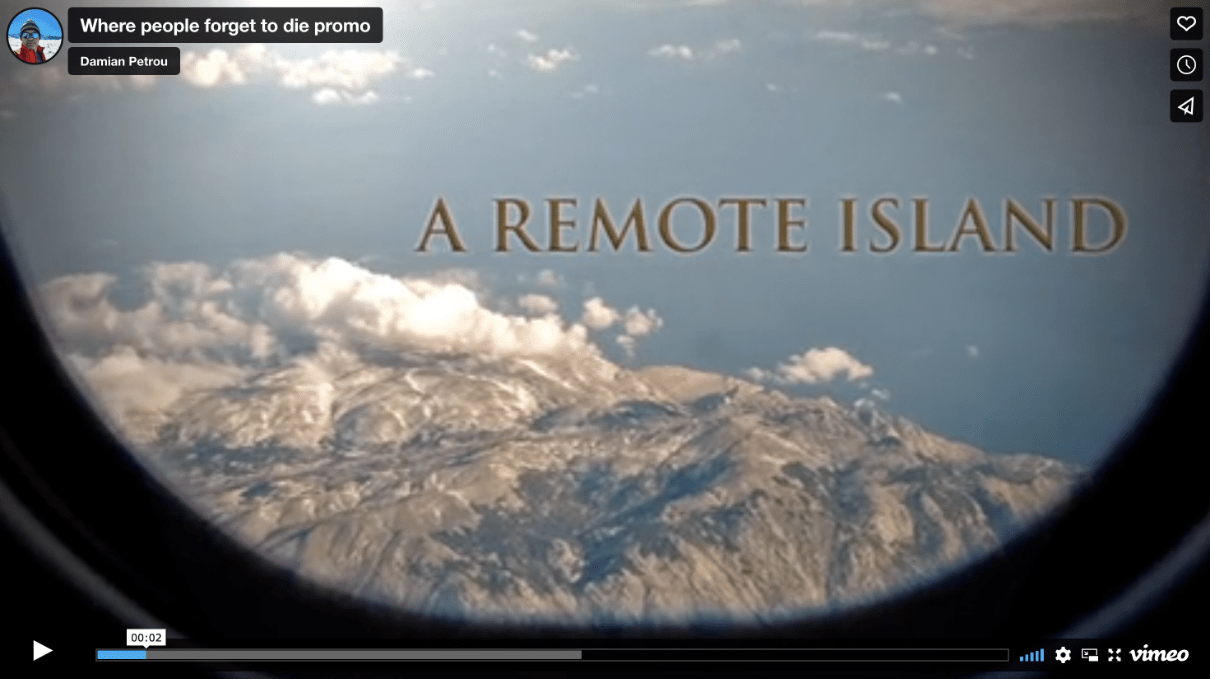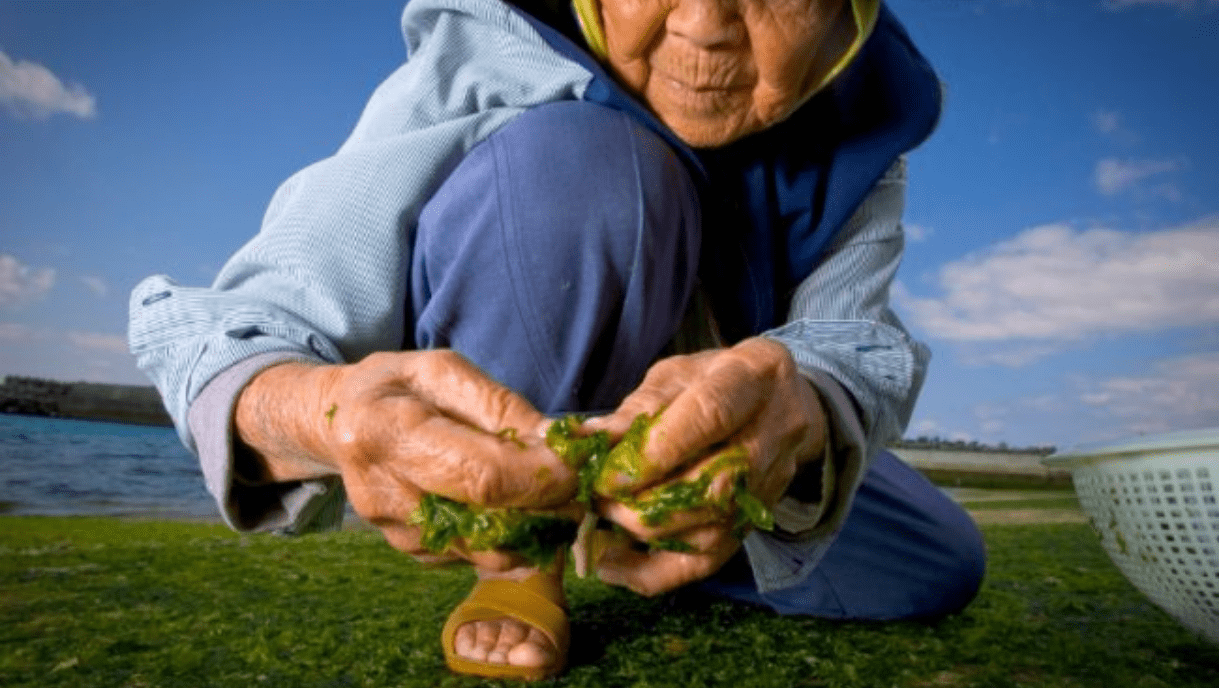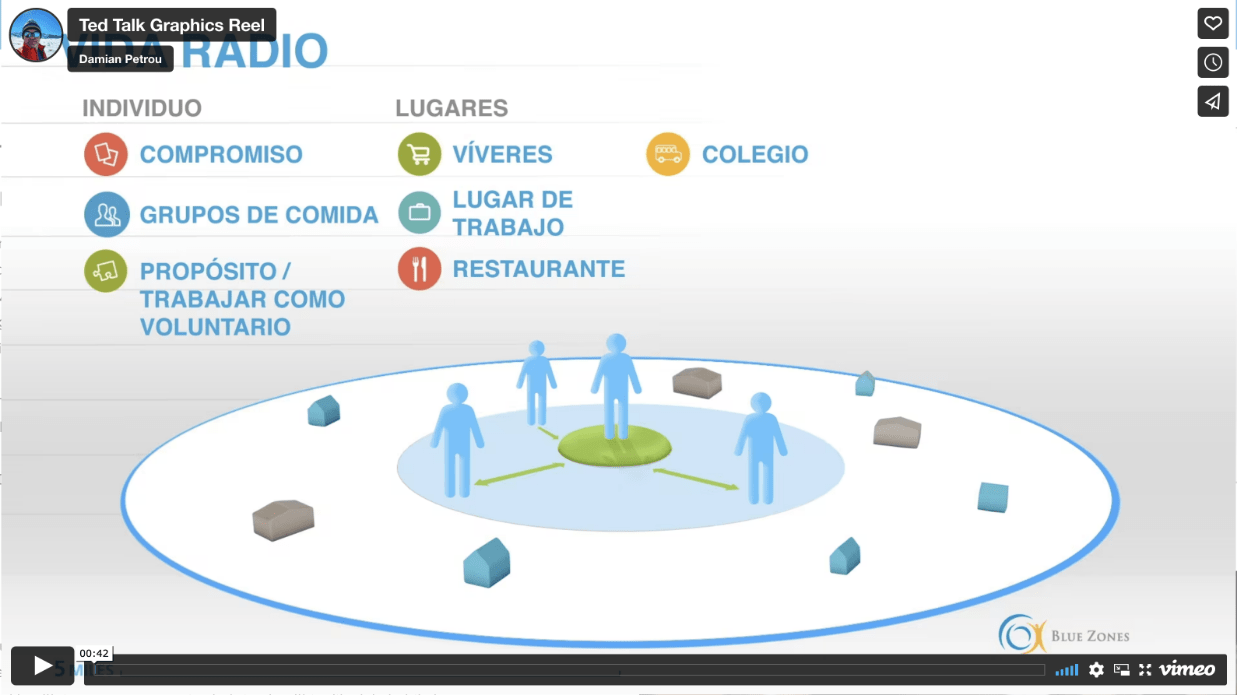- BLUE ZONES
The Blue Zones: How a research expedition on the subject of longevity became a long-term partnership

Longevity Quest In
In 2005, Dan Buettner published something profound: the simple secrets of longevity from the world’s most spirited centenarians. Running in National Geographic’s November issue, his findings on how the world’s oldest people were living well into their 100th year sparked a national fascination. Any American looking to add more years to their life—or more life to their years—was immediately intrigued. He didn’t know it at the time, but Dan Buettner was now to task on the assignment of his life. With the question of what it meant to live a good life at the center of his quest, the Blue Zones® was born.
THE BLUE ZONES QUEST
Brave New Media’s partnership with Dan Buettner and his Blue Zones began in 2003. Already an established writer, known for his long-distance bike treks and bylines, Buettner had become interested in the subject of longevity. Why were some individuals in certain parts of the world living far better—and far longer—than others? From his travels, he had a hunch that one’s environment could play an outsize role on collective and individual health. Buettner was curious. And he had a hunch he wasn’t the only one who’d be interested in the answers.
A SEARCH FOR THE SECRETS OF WELLBEING
Buettner decided to explore these corners of the world to discover the common lifestyle factors linked to longevity. His hope? That by studying the Blue Zones and understanding their common themes he’d be able to reverse-engineer health outcomes for audiences back in the States. Buettner pitched his idea and got the green light from both National Geographic and the University of Minnesota’s Center on Aging. And armed with a grant from Washington D.C., Buettner and his team of historians, dieticians and geneticists set out to discover the secrets of the world’s Blue Zones.

“Explorer, seeking editor: must be able to ride bike, speak Greek, and be willing to lug satellites the size of suitcases up mountainsides. Those without a sense of daring-do need not apply.”

In addition to scientists and researchers, Buettner needed storytellers.
National Geographic required video content from the field for their website and other news outlets. And Buettner needed storytelling and editing talent for his project Classroom Connect. Back in 2003, mobile video was still emerging. An ability to grasp the technical requirements of video production from some of the most remote corners of the world was an absolute must. From a temperamental perspective, Buettner needed a partner with an adventurous attitude, a tenacious spirit and total bravery. On the soft-skills side of things, speaking Greek and riding a bicycle were also on the requirements list. That’s where Brave New Media came in. Check, check, and check.
Beaming content back to the United States via satellite, carting A/V equipment in challenging terrain, and dealing with major time zone differences meant the team often found themselves in unique situations. On one occasion, Buettner woke to discover Damian Petrou still awake from the night prior—editing video footage on the jungle floor. While at times the remote locales were a constraint, they were also a grand adventure—a chance to push the limits of production and get comfortable with new methods of streaming, editing, and broadcasting.
“Editing all night—let alone on a jungle floor—can be quite challenging. But it was also compelling, and fun! Looking back, it really was the beginning of new media. From editing software, tapeless cameras, and streaming technology we were at the forefront of delivering real-time content from the jungle.”
A GLOBAL INFLUENCE: BRAVE NEW MEDIA CREATES TED TALKS GRAPHICS
Soon after the publication of his findings, Buettner became a thought leader in the health and wellness space. Invited to give a talk on his research in the fall of 2009 at TEDxTwinCities, Buettner suddenly needed a stunning presentation to support his on-stage speech. For his debut onto the international speaking circuit, Brave New Media partnered with the Blue Zones team to create a visual-first presentation. Filled with immersive photography that kept the focus on Buettner’s powerful message—and not on slides, the Brave New Media team created graphics that simplified the datasets into a compelling story with a clear narrative arc. Titled ‘How to Live to Be 100+’, the presentation now has over 4 million views on the TED Talks website.

BLUE ZONES PROJECT CITIES – ALBERT LEA
In 2010, Buettner launched The Blue Zones Project®. Created ‘to make the healthy choice the easy choice’, this new subsidiary of the brand partnered with both civic leaders and health insurance companies to bring healthier lifestyle habits to communities across the United States.
Brave New Media provided Buettner with video production, editing, and storytelling services when the prairie city of Albert Lea, Minnesota was selected as a Blue Zones project city in 2010. To support the launch, the team created engaging video storytelling to showcase Albert Lea’s civic transformation. Visiting the town a total of twelve times in the same year, the experience of the town’s transformation was seen in realtime and captured on camera— a powerful reminder of the impact our environments have on individual and collective health. In recognition of their work, Brave New Media won a Webby Award in partnership with AARP for general website category, health, and wellness.
THE BLUE ZONES WEBSITE: A HUB FOR DECADES-WORTH OF HEALTH AND WELLNESS CONTENT
As the Blue Zones brand grew, the website needed to scale too. But bringing decades worth of content into one hub was a big undertaking. Visually, the brand was known for stunning imagery and National Geographic-quality photography. Brave New Media needed to allow the power of these images to speak for themselves, while also providing enough way-finding elements and content blocks for users to easily navigate the site and digest the content.
To solve these needs, Brave New Media relied on their 20+ years of web development expertise to develop a centralized content hub. Opening to full-bleed imagery and a scrolling index, the site keeps the visual ethos of the brand while offering viewers an extensive navigation menu that otherwise remains completely hidden until clicked. Over the years, as Buettner has launched products as diverse as cookbooks and coffee beans, the team has found inventive and compelling ways to showcase the entire scope of the brand across mobile and digital without compromising on design or depth of content.

